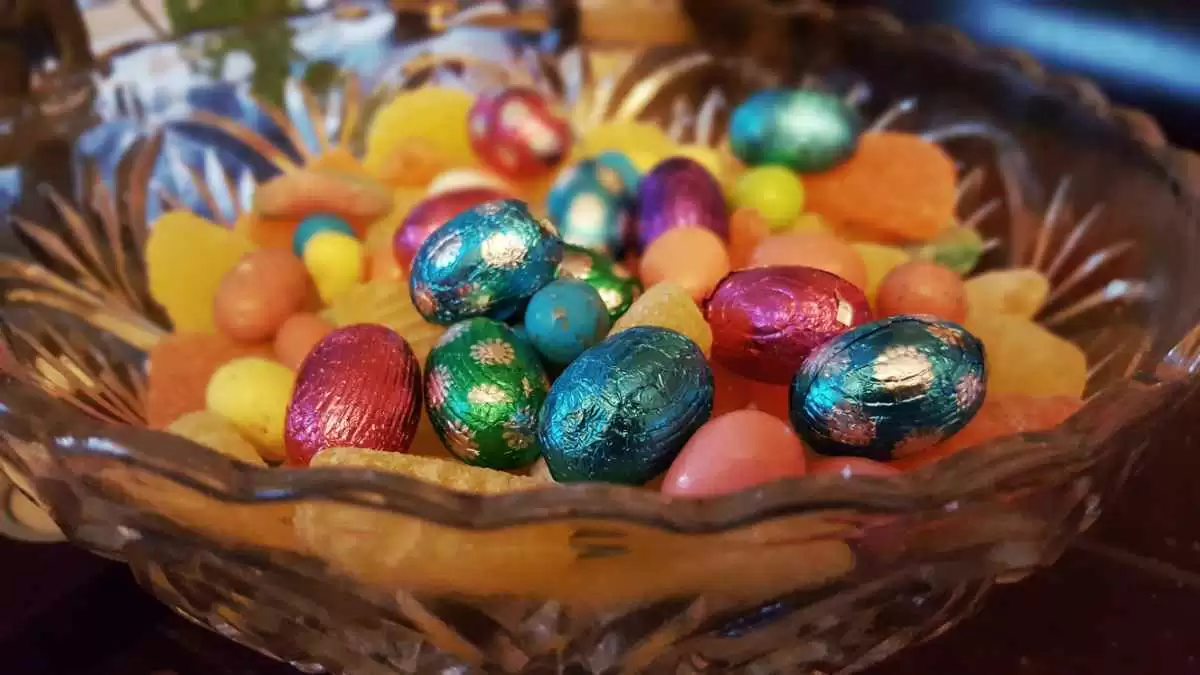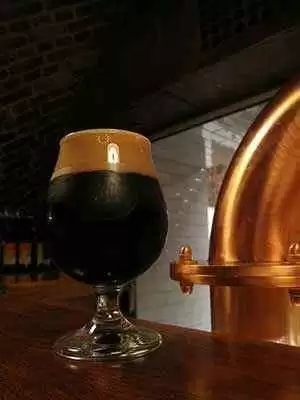
Celiac.com 03/29/2010 - For many cultures, Easter represents the most important religious feast of the year. In biblical terms, it represents a celebration of Christ being resurrected. Yet, for those of us unable to digest gluten, it is yet another holiday reminding us of all the foods we can't eat. Many of us that are gluten sensitive, myself included, spend so much time focused on the foods we can't eat, that it's easy to lose sight of all the wonderful foods still available to us. The fact is, most of our favorite foods are still safe to eat with a little modification of course.
Being gluten-free doesn't mean that you can't enjoy a holiday meal with your family and friends. If you are going to be a guest for the holiday, make sure your host knows about your food sensitivities, and understands how to accommodate your needs. If they can accommodate you-great! If not, make sure to bring your own gluten-free foods to be sure that you don't go hungry, and to avoid the temptation of eating something you might regret later. You may want to consider hosting Easter brunch at your house this year. Cooking the meal yourself assures that your meal will be gluten-free and eliminates the possibility of cross contamination.
Celiac.com Sponsor (A12):
Whether you are making Easter brunch or Passover dinner, it's all supposed to be fun. That's why I put together a list of links that are all geared toward making it the best gluten-free Easter ever! The following links are a compilation of gluten-free recipes and prepared foods designed to make your holiday easy and fun. Some of the following links will take you out of Celiac.com and into another site. You may want to bookmark this list so you can reference it easily as needed. Dig in and enjoy!
Passover wouldn't be complete without matzoh. That's why the first recipe I've included is for gluten-free matzoh. The nice thing about the following matzoh recipe is that it's not only Kosher, it's also gluten, corn, sugar, dairy, and egg free! So even if you have many food restrictions, this is one recipe that is safe for almost everyone. Just add the matzoh to your favorite soup recipe, chicken or mock-chicken and you are ready to celebrate!
Of course no Rosh Hashanah is complete without Challah. The following recipe is gluten-free and has an option to be dairy-free as well.
Most meat in its pure form is gluten-free. However, during processing many meats are injected with gluten ingredients. The following links will help you determine which meats are gluten-free. Although, it is always a good idea to contact the manufacturer to verify that their meat is indeed gluten-free.
The following are some links that will take you to easy and/or already prepared foods for Easter and Passover.
Gluten-Free Breads:
Gluten-Free Gravy:
Gluten-Free Desserts:
Easter Candy:
It is so tempting to sample all of the yummy Easter candy out there, but don't forget that many Easter Candies are NOT gluten-free. During Passover and Easter, there are so many opportunities to go to parties with friends and family where there is a plethora of Easter snacks and candy; even office events will put your sweet tooth to the test. I recommend avoiding the temptation to sample Easter candy that may contain gluten, by bringing your own gluten-free candy to social events. Bringing gluten-free Easter candy to share with others will make it easier on you when it comes to sampling, because you can sample the candy you brought while also sharing with others. Informing your friends of your gluten-free candy requirements is also an option, it might even make a good conversation topic. The following is a list of gluten-free Easter candy. Please remember to check with the manufacturer if you have any questions.
As a newbie to the gluten-free community, I also have many other dietary restrictions. That's why finding gluten-free food is only half the battle for me. I also need to find food that fits all my other dietary requirements. Here is a site that I came across while looking for gluten-free, vegan recipes. These recipes all sound really amazing and I can't wait to try as many as possible! I must emphasize however, that I could not possibly try all of these recipes. So it is up to you to try the recipes that sound good to you and decide for yourself if you like them or not. I know first-hand how frustrating it is to spend time and money trying out a new, yummy sounding recipe, only to follow the recipe exactly as it is written, and discover that it tastes so bad I end up going to bed hungry. Rather than going to bed hungry, I recommend trying a few recipes before your holiday meal as a trial run. If you try a recipe before your holiday event, you will have an opportunity to decide if you like the recipe and to modify the recipe to fit your taste buds if necessary.
Gluten-Free Easter Eggs:
The following recipe is great for those with dye sensitivities or anyone looking for a natural, healthy alternative to Easter egg dyes. Most Easter coloring kits require vinegar. Be sure to use gluten-free vinegar.
Natural/Food Based Dyes:
Red and Pink- pomegranate juice, raspberries, cherries, cranberries, red grape juice, and beets, red onions. (less boiling or dying produces a pink color)
Orange – carrots, chili powder or paprika
Yellow – turmeric, orange or lemon peels, chamomile tea, celery seed (turmeric does not need to be boiled.)
Brown – coffee, black tea or black walnut shells
Green – spinach or liquid chlorophyll
Blue – blueberries, purple grape juice
Purple – grape juice or blackberries, concentrated grape juice, violet blossoms, and hibiscus tea
Gold - curry powder, yellow delicious apple peels, dill seeds
Deep yellow- soak eggs in turmeric for a long time
Teal- Soak eggs in turmeric solution for 30 minutes and then cabbage soak for 5 seconds.
Bright Blue- Soak eggs in cabbage solution overnight (or just for a long time)
Red/Pink-less boiling or dying produces a pink color
Instructions:
To begin, boil your eggs and when they are cool, store them in your refrigerator until you are ready to dye them. Alternatively, you can boil eggs with dye or cold dip, for 5 seconds up to overnight, and dry on wire wrap.
To make each dye, bring water, vinegar, and color element to a boil, lower the heat, simmer 30 min and strain dye. Please note, you will need a separate base for each primary dye color you make.
The rule of thumb for the dye is to use four cups of chopped fruit, vegetable or plant material to four cups of water. Add two tablespoons of vinegar. Bring to a boil and then simmer for 15 to 30 minutes (depending on how intense you want the colors).
Eggs colored in natural dyes generally have a dull finish and are not glossy. If you want your eggs to look glossy, rub them with cooking or mineral oil after they dry.
Keep your eggs refrigerated until it's time to hide them or eat them.
Caution: Food safety experts recommend not eating eggs that have been sitting at room temperature for more than two hours.
Gluten-Free Quick-Check:
- Watch out for hidden gluten-ingredients,(caramel color, natural and artificial flavors or colors, etc)
- Keep your hands clean
- Host Easter brunch
- Make sure all of your kitchen equipment is clean and free of gluten contaminates
- Bring gluten-free Easter candy & snacks to share
- If you buy prepared meats, check with the manufacturer to make sure they are gluten-free
- Trust yourself. If you think something might make you sick, don't take any chances
Above all else, have fun!











Recommended Comments
Create an account or sign in to comment
You need to be a member in order to leave a comment
Create an account
Sign up for a new account in our community. It's easy!
Register a new accountSign in
Already have an account? Sign in here.
Sign In Now